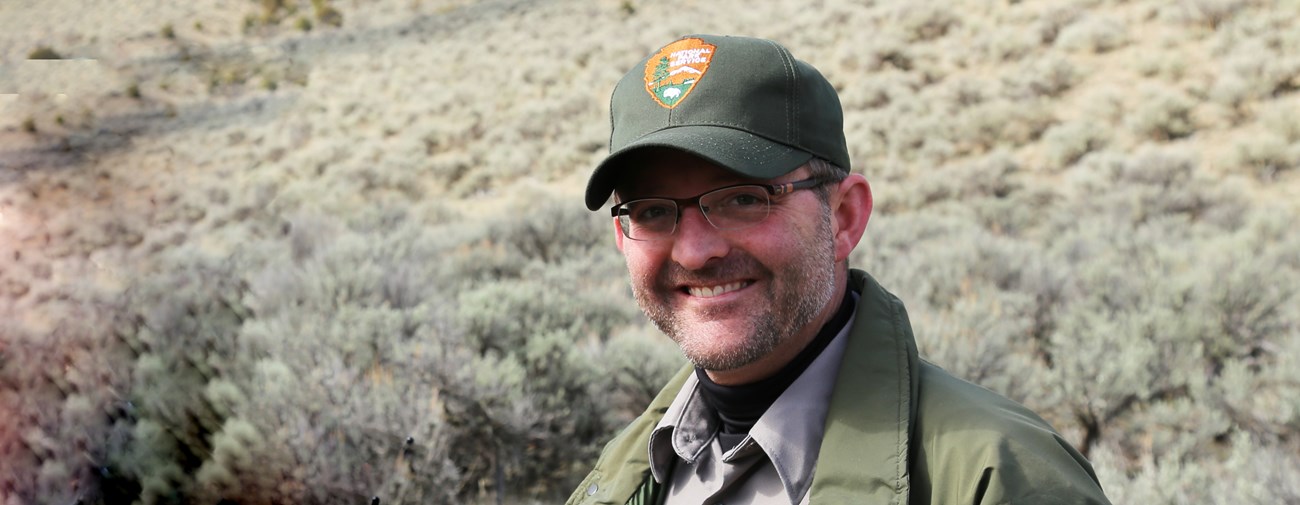Part of a series of articles titled Yellowstone Science - Volume 26 Issue 1: Archeology in Yellowstone.
Article
The Yellowstone Story

NPS Photo - C. Reid
The Yellowstone Story
by Tobin Roop
Little did Philetus Norris know that when he picked up Native American artifacts and sent them off to the Smithsonian Institution in the latter half of the 19th century, that he launched what would eventually be a complex and dynamic field of inquiry into the archeology of the world’s first national park. For Yellowstone National Park (YNP), archeology provides a compelling counter narrative to the idea that Yellowstone is a wilderness, untouched by humans. John Colter, Osborne Russell, and later explorers didn’t discover Yellowstone – paleoindian projectile points made from Obsidian Cliff material date to around 11,000 years ago. Today’s Native American tribes from the Columbia Plateau to the Great Plains are the descendants of the earliest inhabitants of the park.
As archeology developed into a discipline, so too did our understanding of the human past of YNP. Radiocarbon dating has allowed us to understand the depth of human history in the park, and has given us a finer grained understanding of human occupation of the park. Geochemical sourcing of obsidian has helped us see the movement of obsidian and people in the park and across the North American continent. Residue analysis of stone tools has given us a window into the variety of plants and animals utilized by early residents, and tells a story of resourceful individuals who thrived in this landscape. Historical archeology tells the story of businesses and amenities that are now mere traces on the landscape.
The recent recognition of the scope of high elevation sites in YNP is a reminder that despite everything we have learned about the prehistory of this place, there are still many things to learn. Recent archeological research has provided new insight into the flight of the Nez Perce across the park in the summer of 1877, bringing into focus the collision of the nascent conservation movement with one of the last great acts of Native American resistance, playing itself out over a landscape soon to be reimagined as wild and untouched.
How much of our national mythology of this place should be reconsidered, given what we have learned over the last 60 years of archeology in Yellowstone? How can we believe that we have one of the last intact ecosystems in the continental U.S., when human beings are no longer part of the ecosystem in the manner they were for at least the last 11,000 years? How can this place be considered wilderness, when ancestors of today’s Native tribes journeyed to and from here for thousands of years and traded stone from Obsidian Cliff across the continent? Ultimately, as much as archeology compels us to rethink how we define this landscape, it certainly makes the story of YNP deeper and richer, helping us understand that this place was important long before early European explorers came here. In that spirit I invite you to help us celebrate archeology in Yellowstone National Park!
Last updated: April 10, 2019
